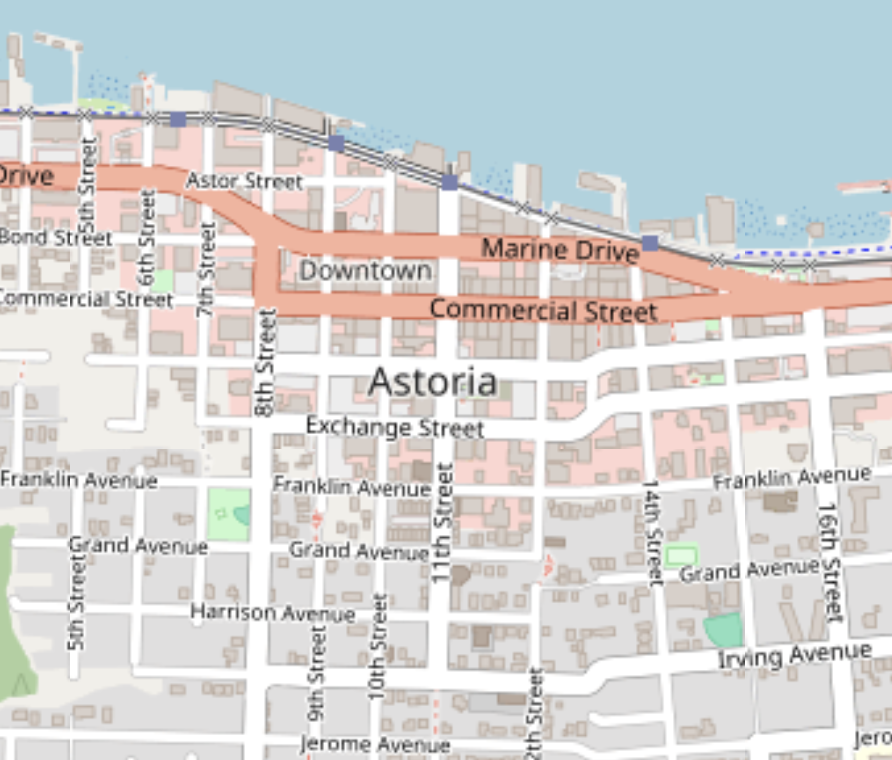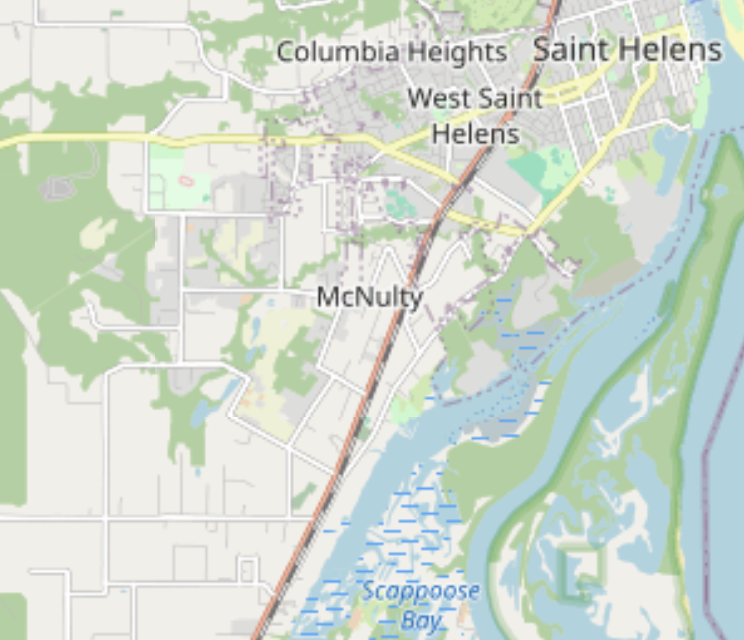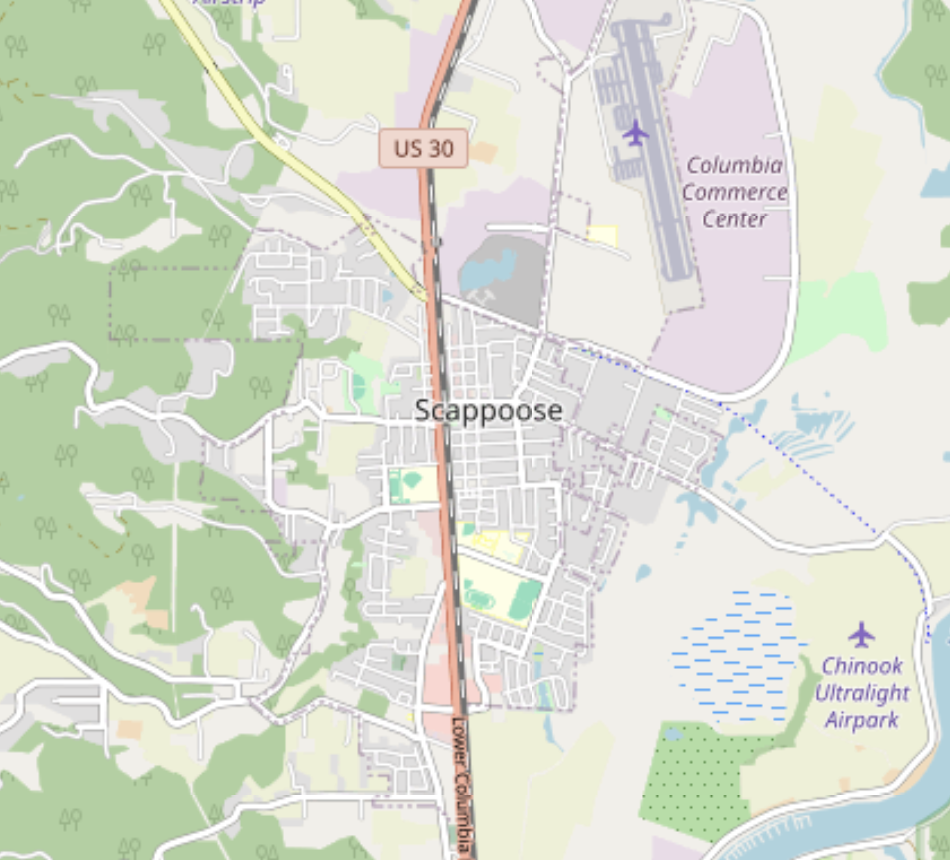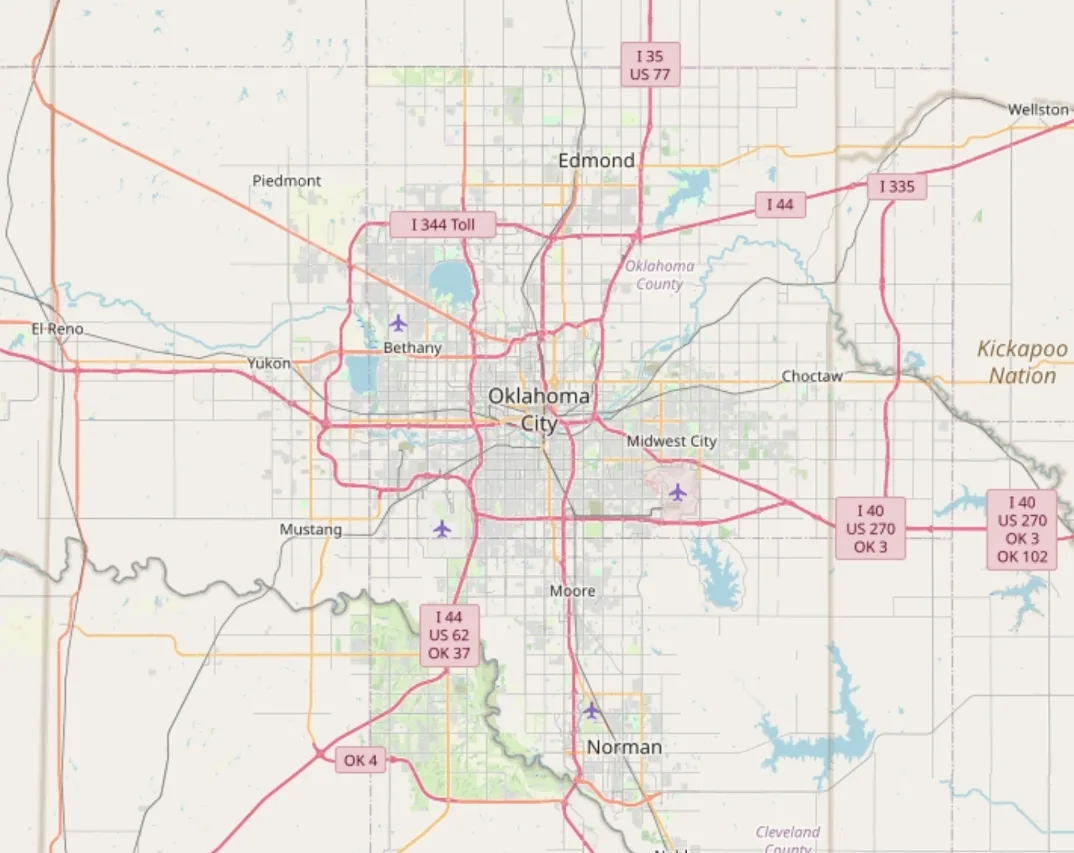Experience Premier Broadband, Wi-Fi, and Wireless Virtual SIM Solutions in Astoria, OR with SolveForce: Best Internet Service Providers
SolveForce is thrilled to announce the expansion of its broadband, Wi-Fi, wireless virtual SIM technology, and other telecommunications services to Astoria, Oregon. Nestled at the mouth of the Columbia River, Astoria is steeped in history and natural beauty, making it a perfect place for state-of-the-art connectivity solutions that cater to both its vibrant tourist industry … Read more










